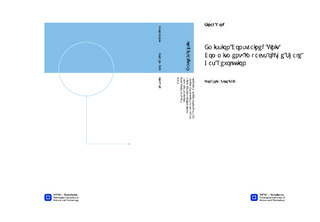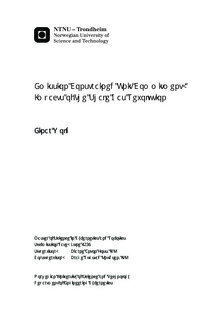| dc.description.abstract | In view of global warming, the world is facing a common responsibility in terms of reducing its CO2 emissions. The extensive use of fossil fuels in the power industry is a significant source of carbon emissions, and in such matter a reasonable arena to take action. On the other hand, there is a sustainable increase in the global power demand, where European energy intensive industry is struggling against high power prices.This thesis presents a diverse view on unit commitment (UC) problems in electric powerproduction with emission constraints, and presents different approaches for solving them. In terms of trying to find a reasonable trade-off between costs and CO2 emissions, and taking into account a CO2 cap-and-trade system like the European Union Emissions Trading System (EU ETS), a problem formulation including a CO2 allowance system is presented. The problemis formulated as a mixed integer nonlinear program (MINLP). Several approaches for solving the problem is implemented and assessed, including direct MINLP based branch-and-bound, piecewise linearization, and using an Objective Feasibility Pump (OFP) heuristic. The latter OFP heuristic is demonstrated to give promising results on the problem instances in this report, in terms of finding good feasible solutions to MINLPs within short computation times.The results are compared to solutions retrieved using the branch-and-bound method in BONMIN. Computation time is of significant importance to UC problems, though they occur in the intraday market, where power is traded close to real time.Based on the comprehensive success of replacing coal with shale gas in the US power industry, the role of natural gas within EU is payed significant attention in this thesis. Different applications of natural gas in the power industry is presented, and its potential of contributing to lower CO2 emissions is evaluated. A reflection upon benefiting from shale gas within the EU is also included. | nb_NO |

